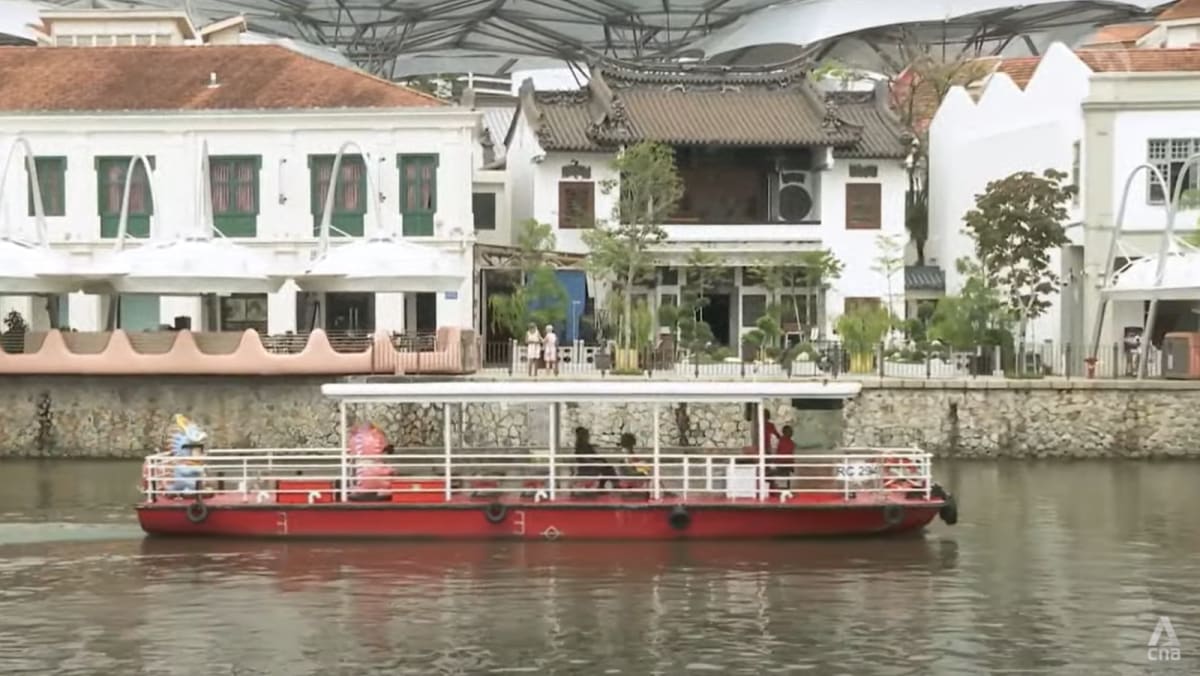TAILOR-MADE FOR SHALLOW WATERS, NAVIGATION NEEDS
Despite these new regulations, there are only six operational electric vessels in Singapore now.
To put more wind in these sails, the country’s maritime authorities are working with universities, as well as selected local and overseas firms, to come up with a common set of electric vessel designs that meet Singapore’s standards.
It will also make mass production easier and, in turn, bring down costs.
Harbour craft are vessels that do not venture beyond Singapore waters, such as boats that ferry people to neighbouring islands like Pulau Ubin.
Such lightweight passenger crafts are designed for shorter and frequent trips.
Other design factors include seabed conditions, heavy sea traffic, and tropical weather that could quickly corrode the hulls of vessels.
Dr Narasimalu Srikanth, who is leading the design project, told CNA that harbour craft – especially smaller ones – have to be tailor-made to suit Singapore’s navigation requirements and shallow waters at its ports.
“Secondly, to achieve faster speed and low energy footprint – in order to do that, you have to go for lighter vessels,” said the programme director of renewables and low-carbon generation (wind and marine) at Nanyang Technological University’s Energy Research Institute.
“For example, you can see MPA looks at lightweight aluminium bodies or composite bodies,” he added.

